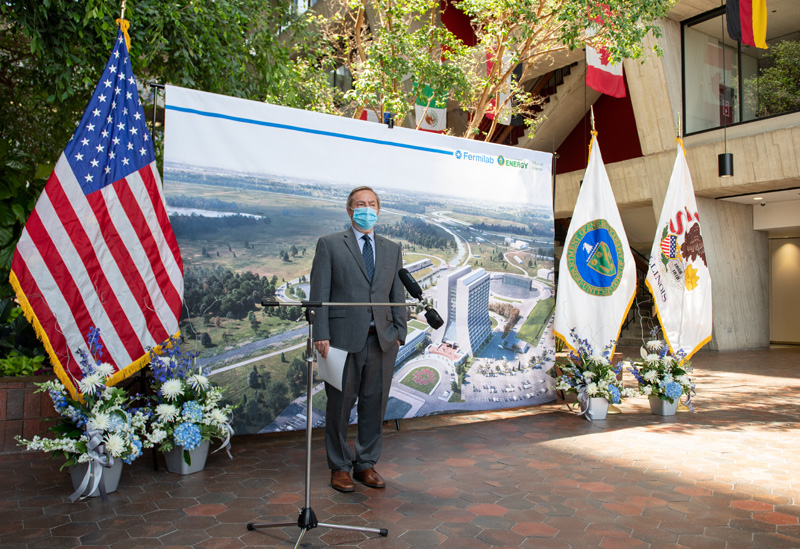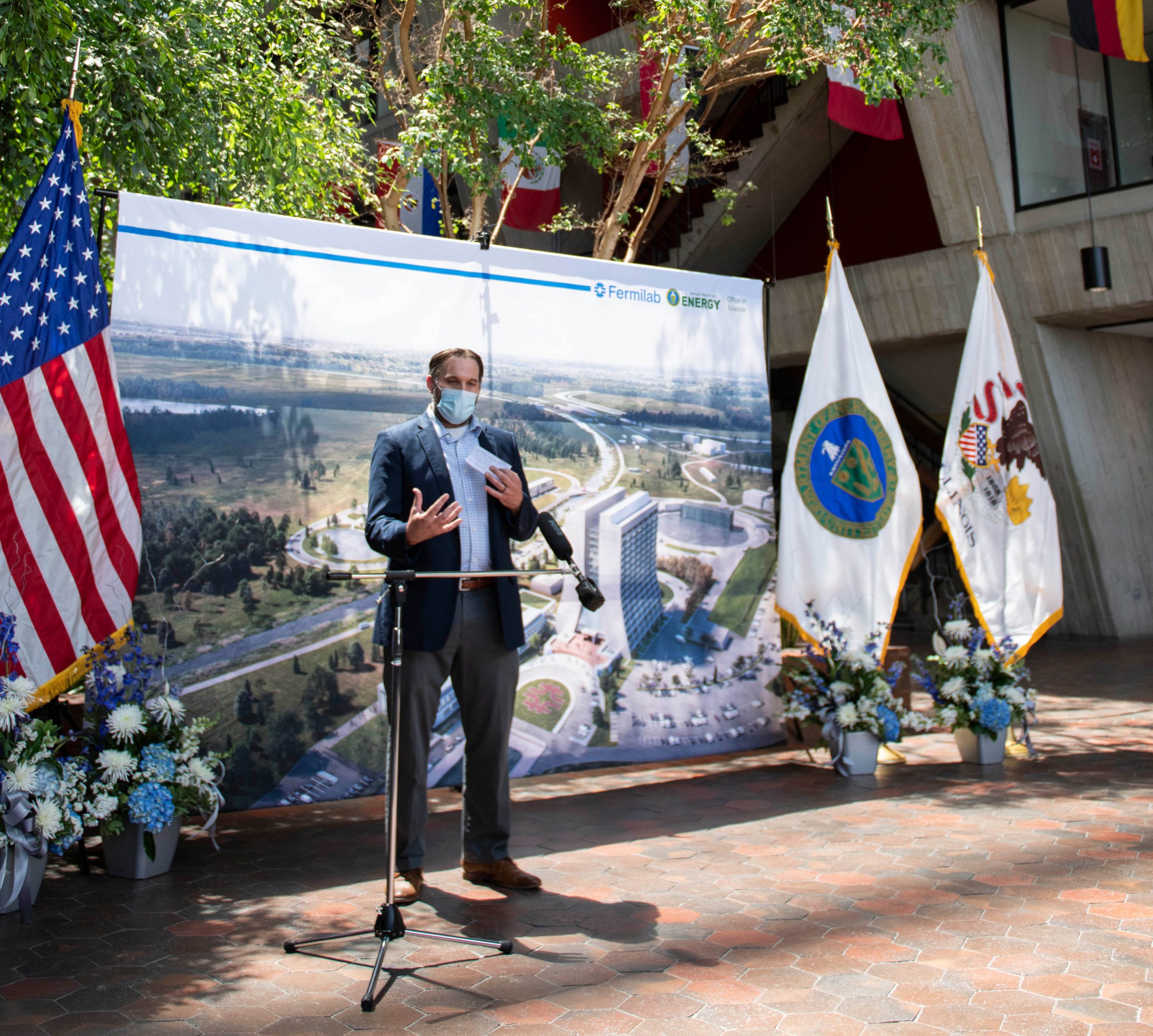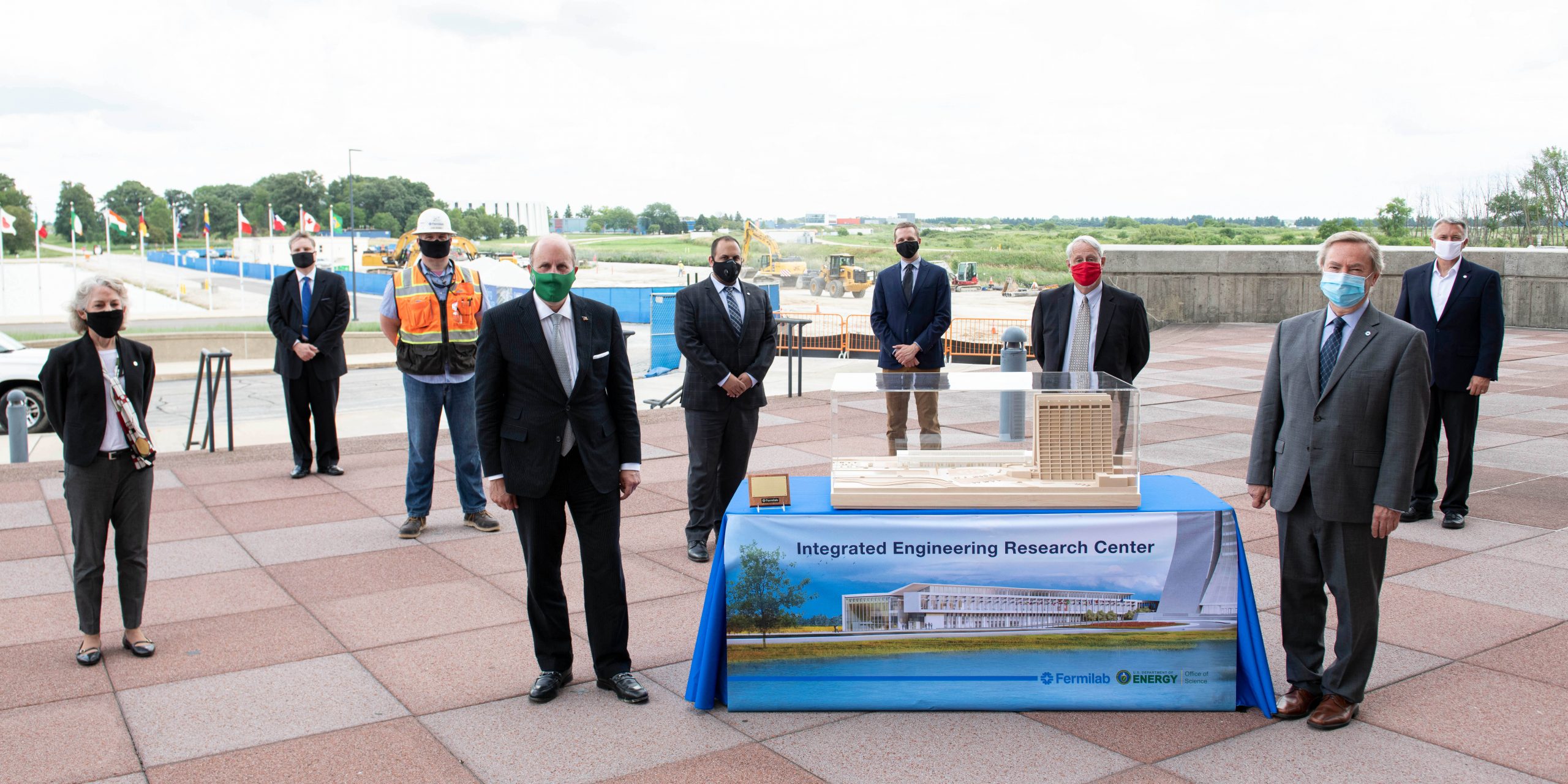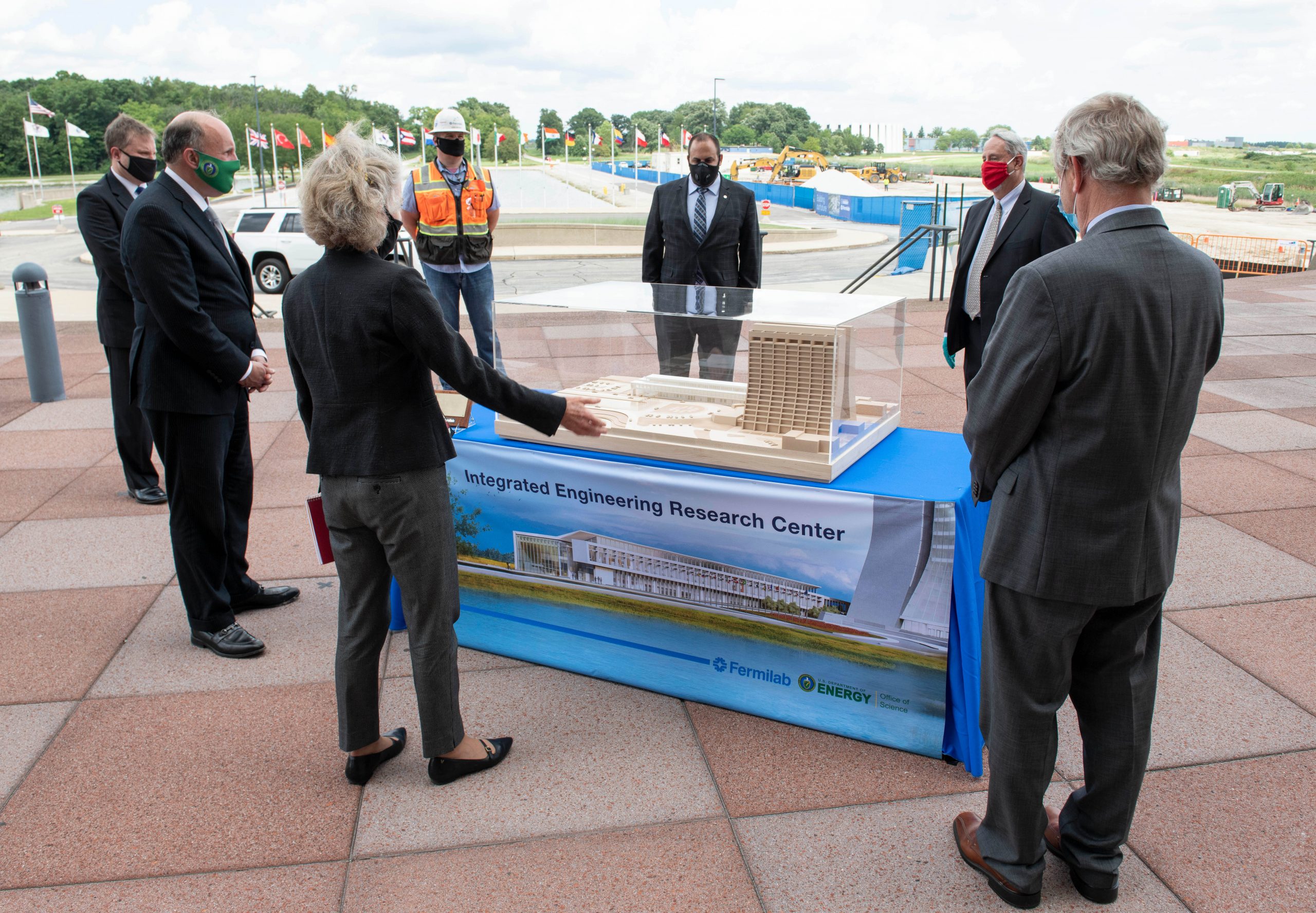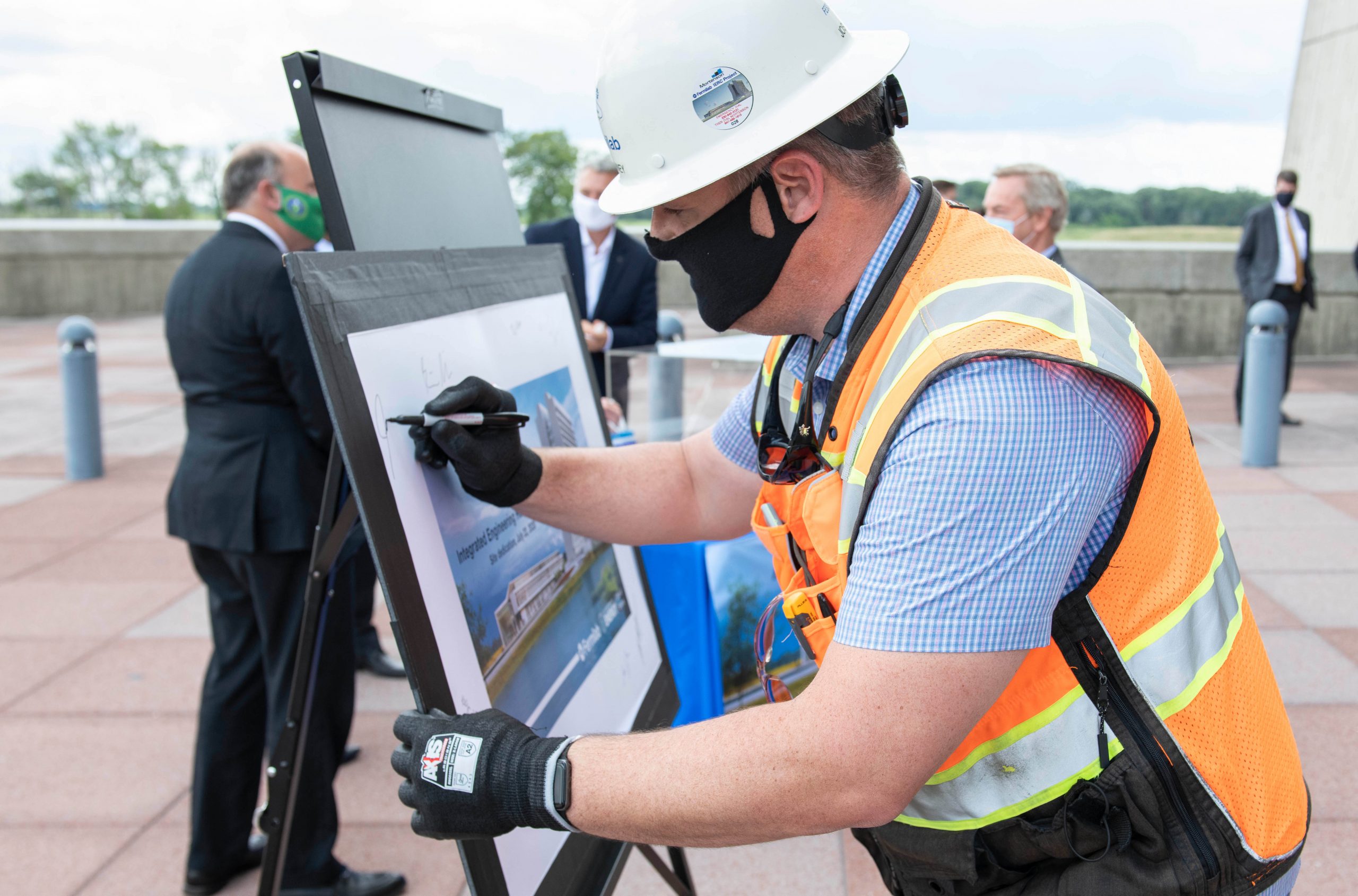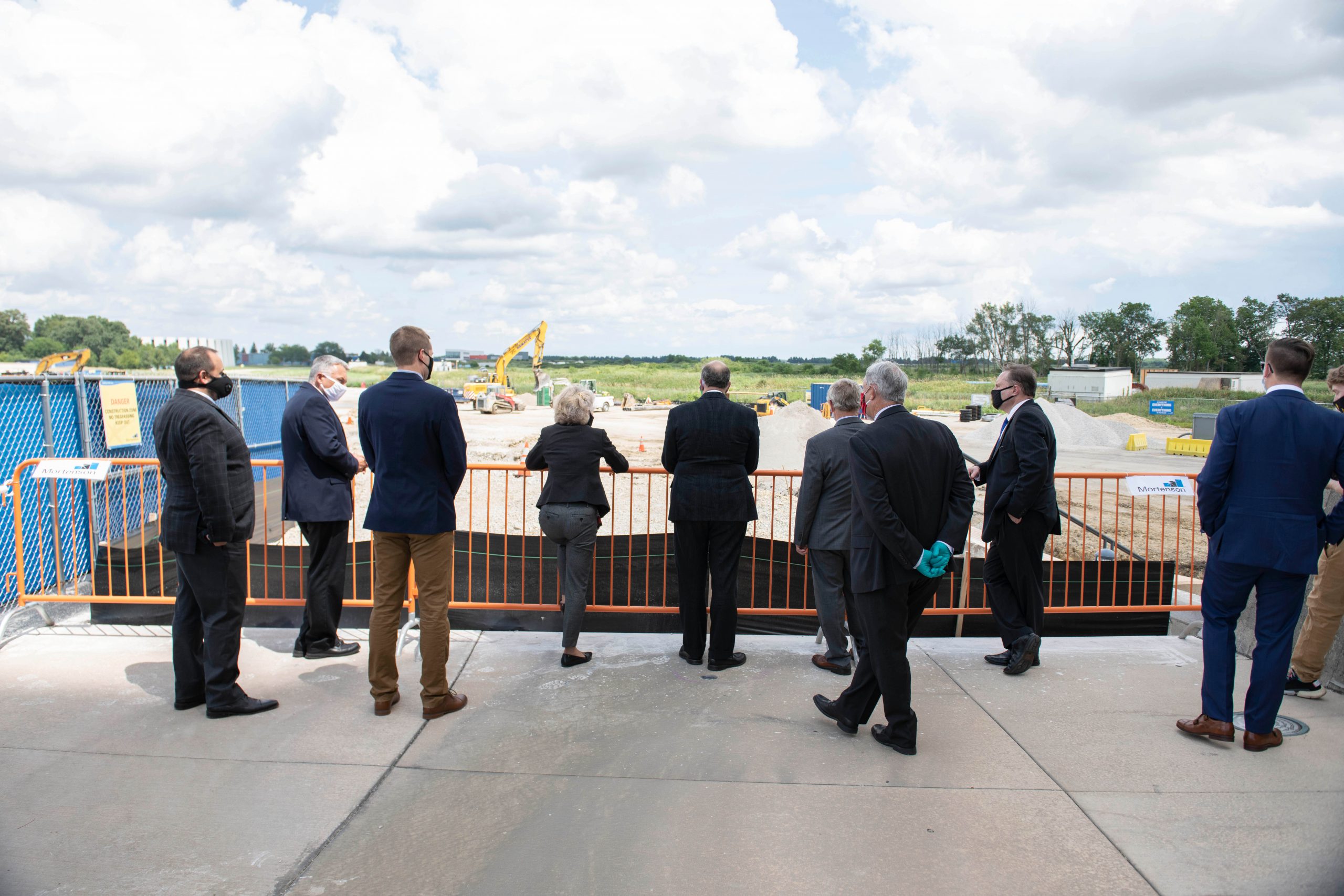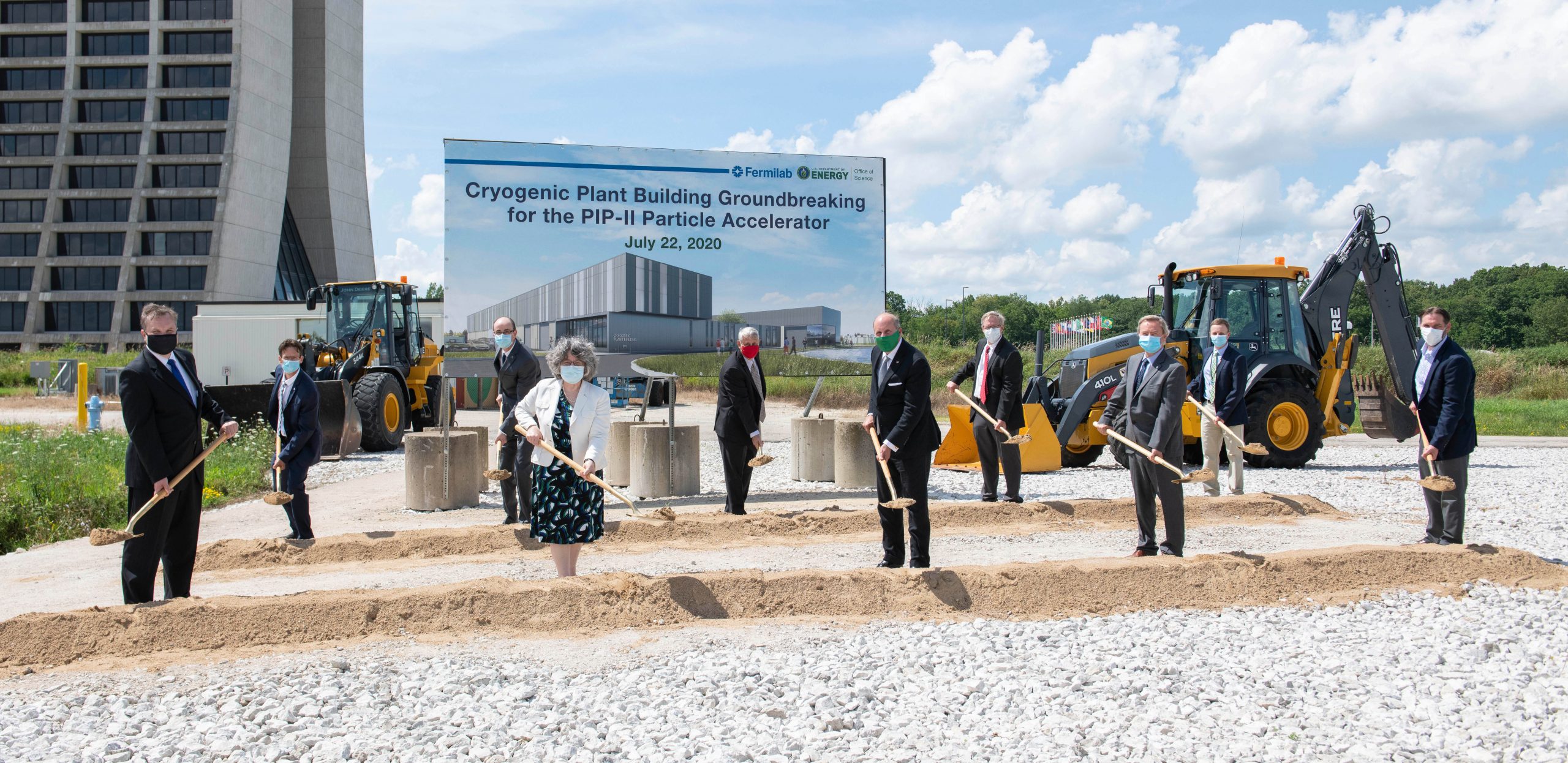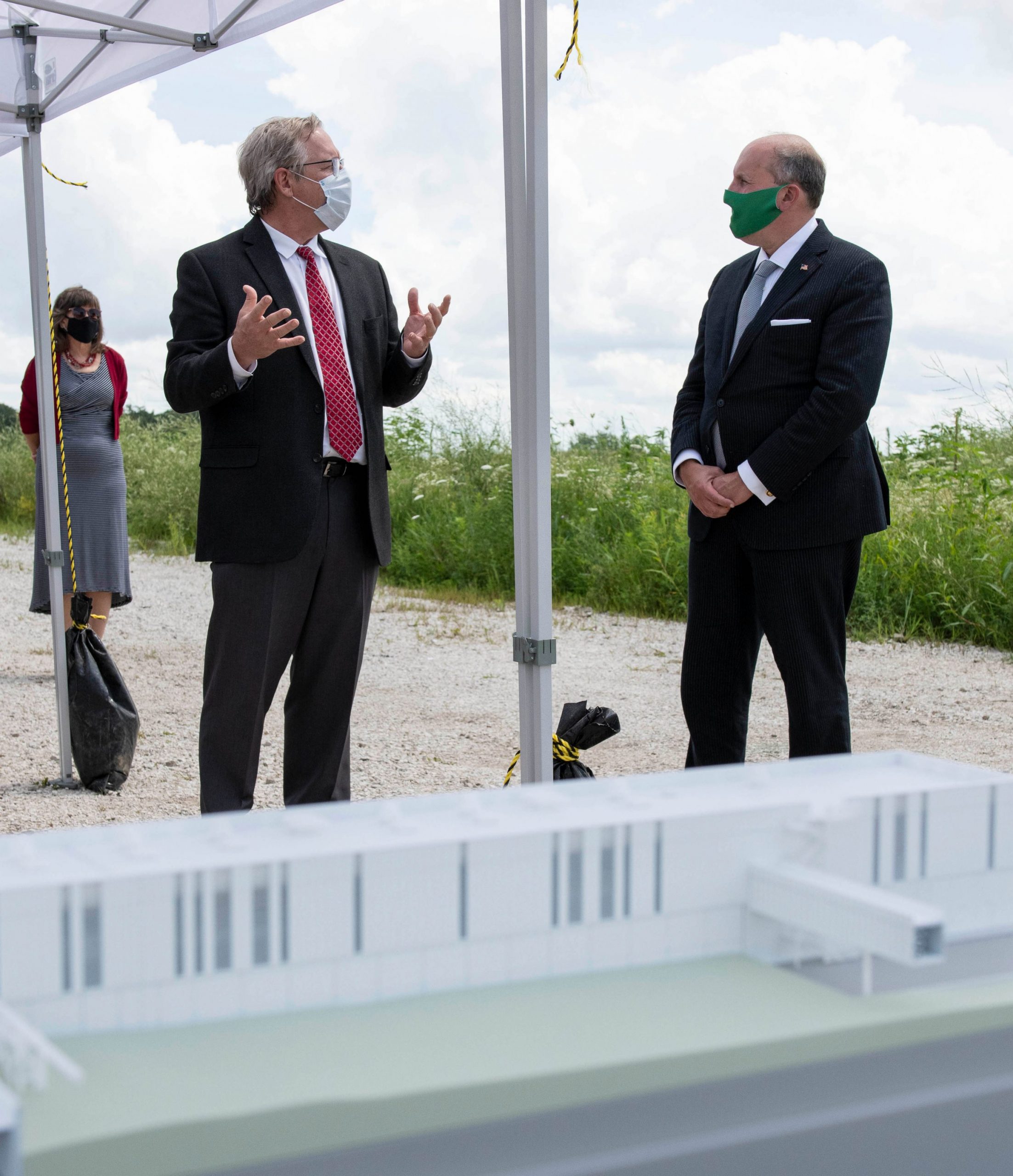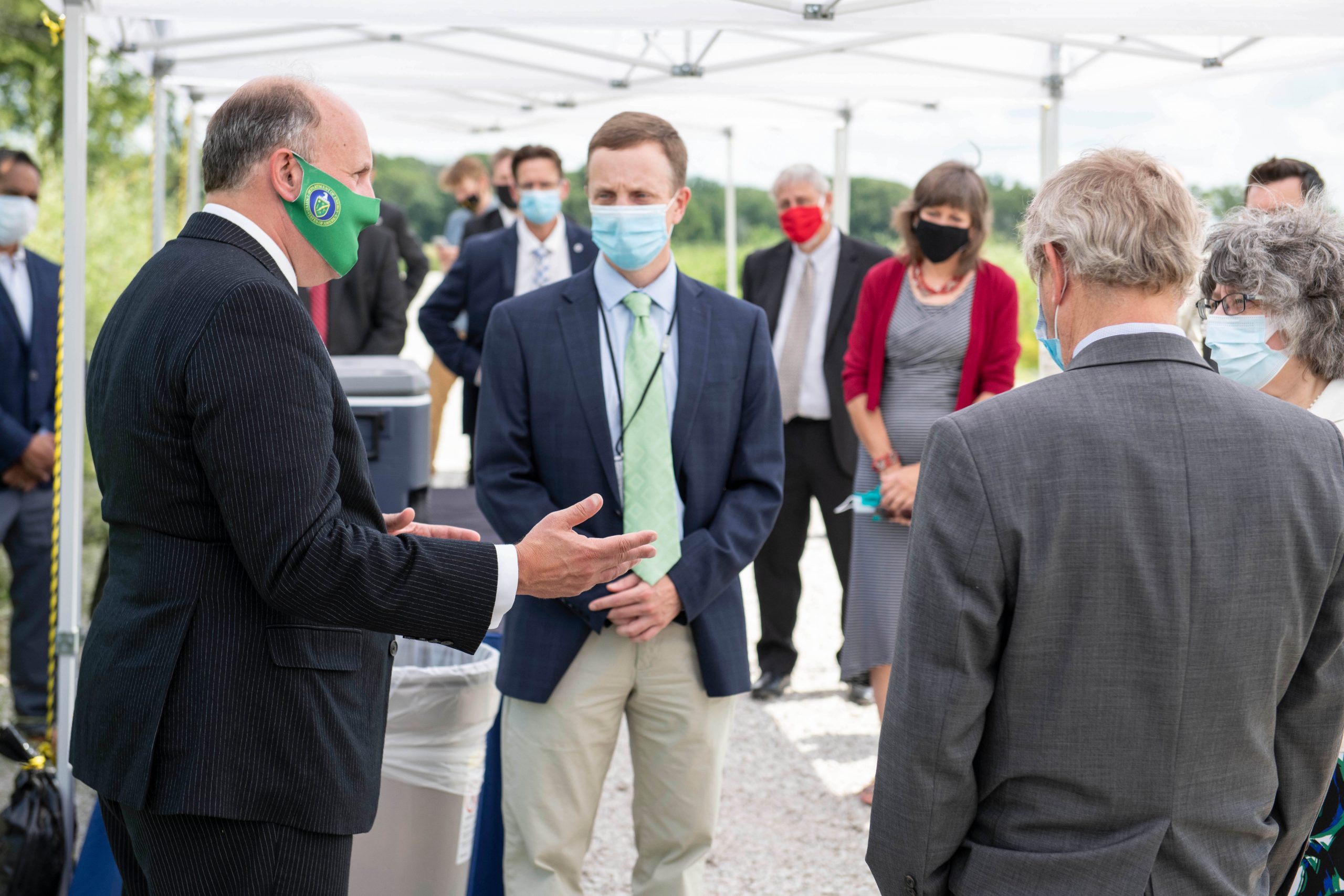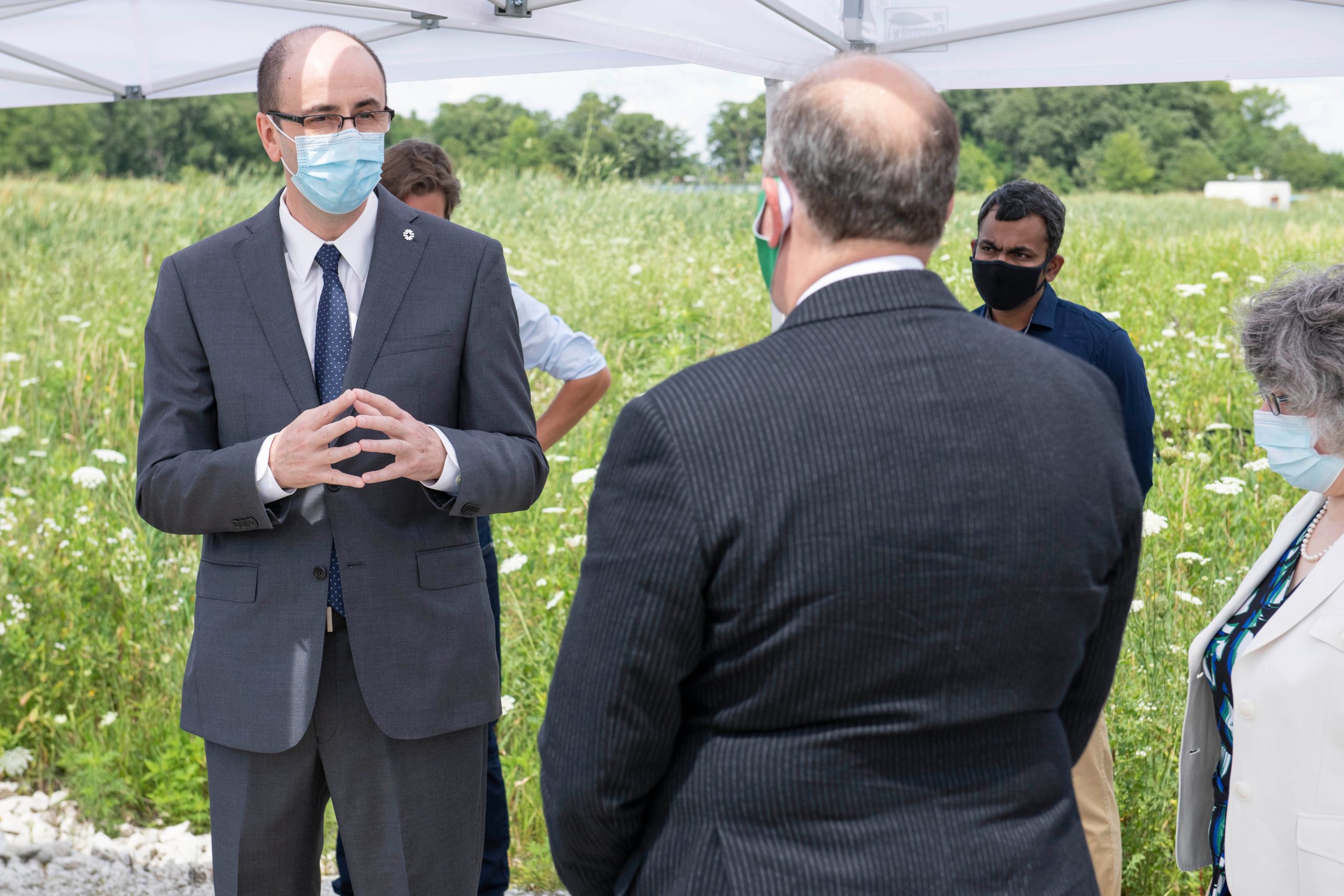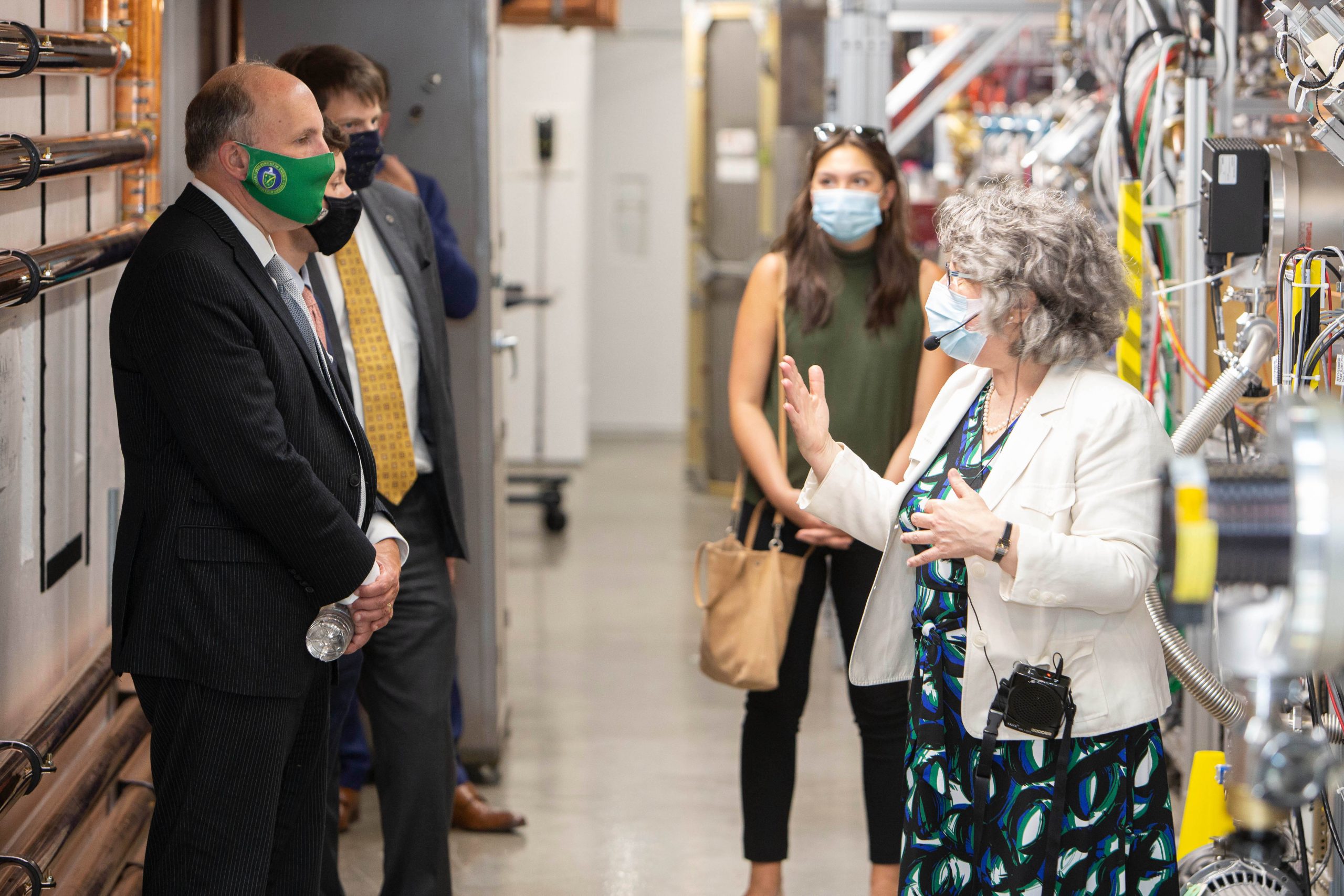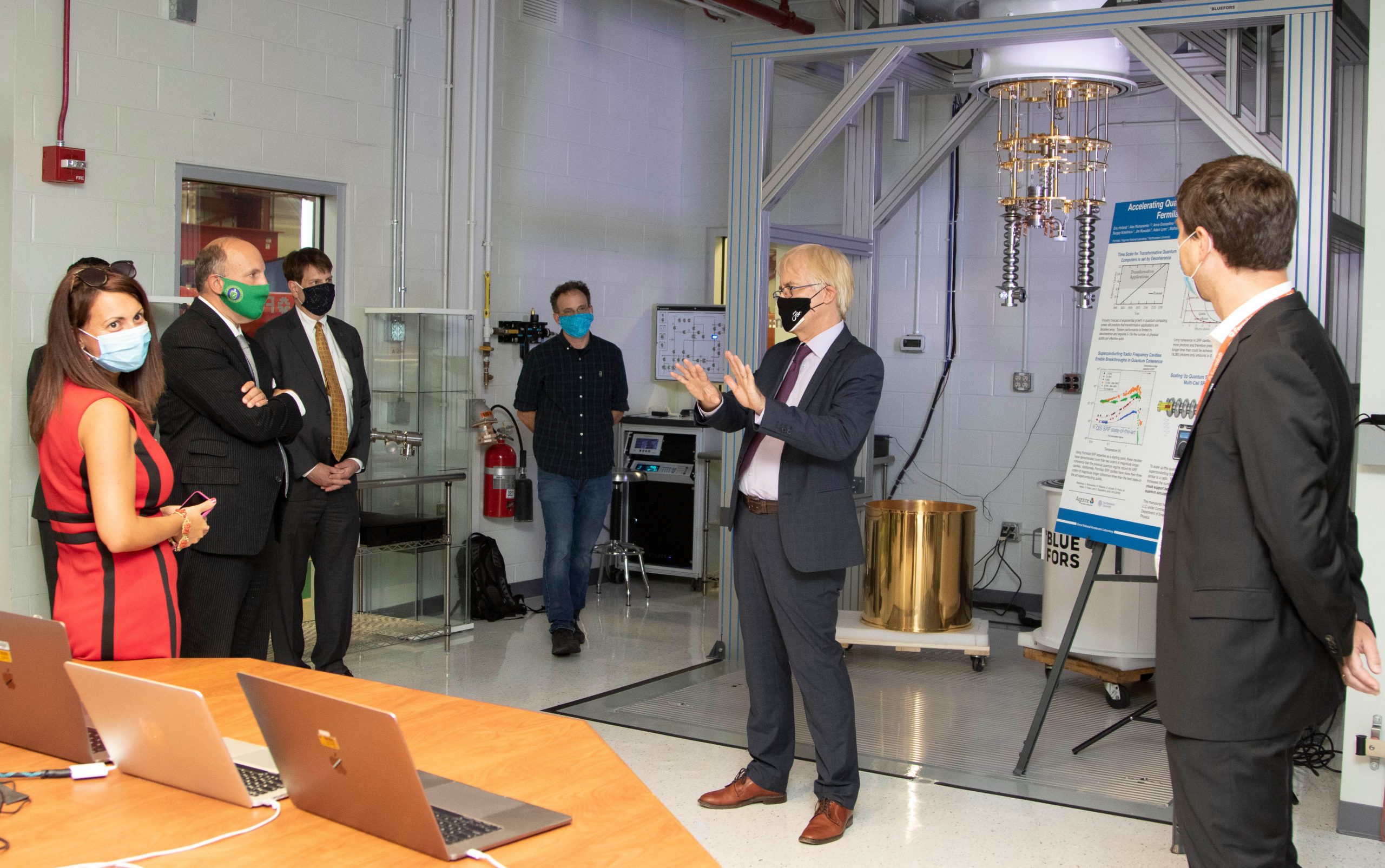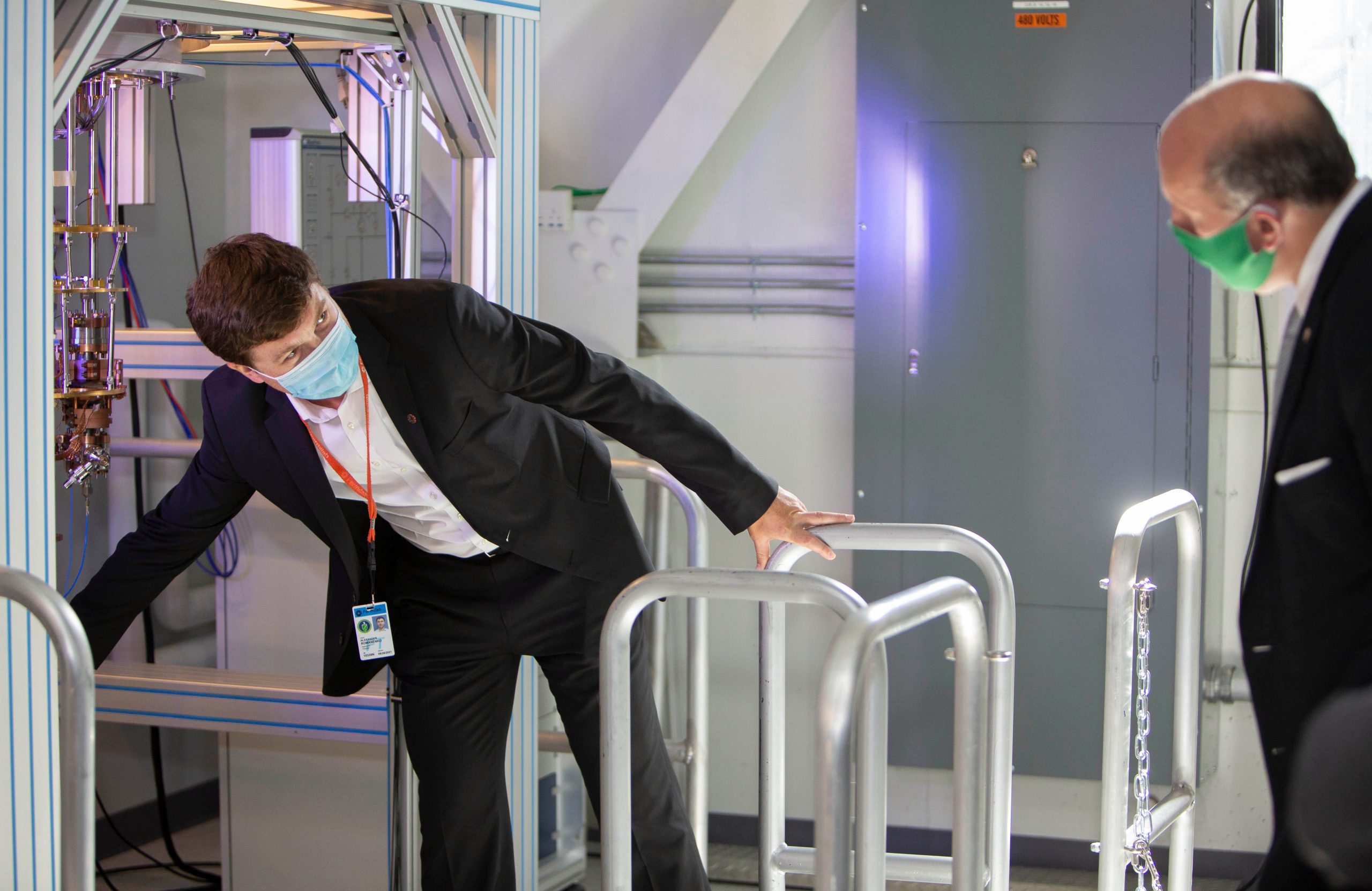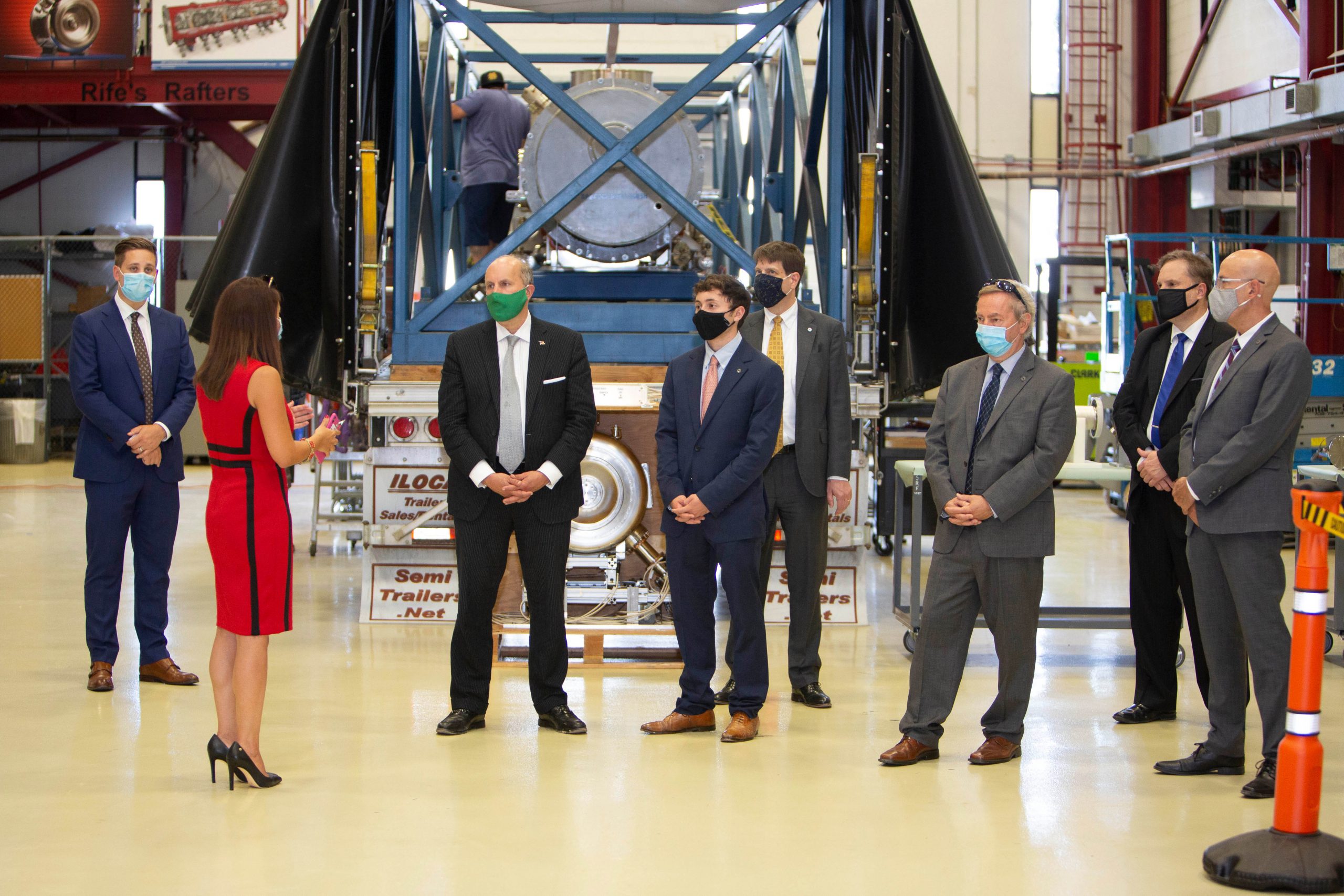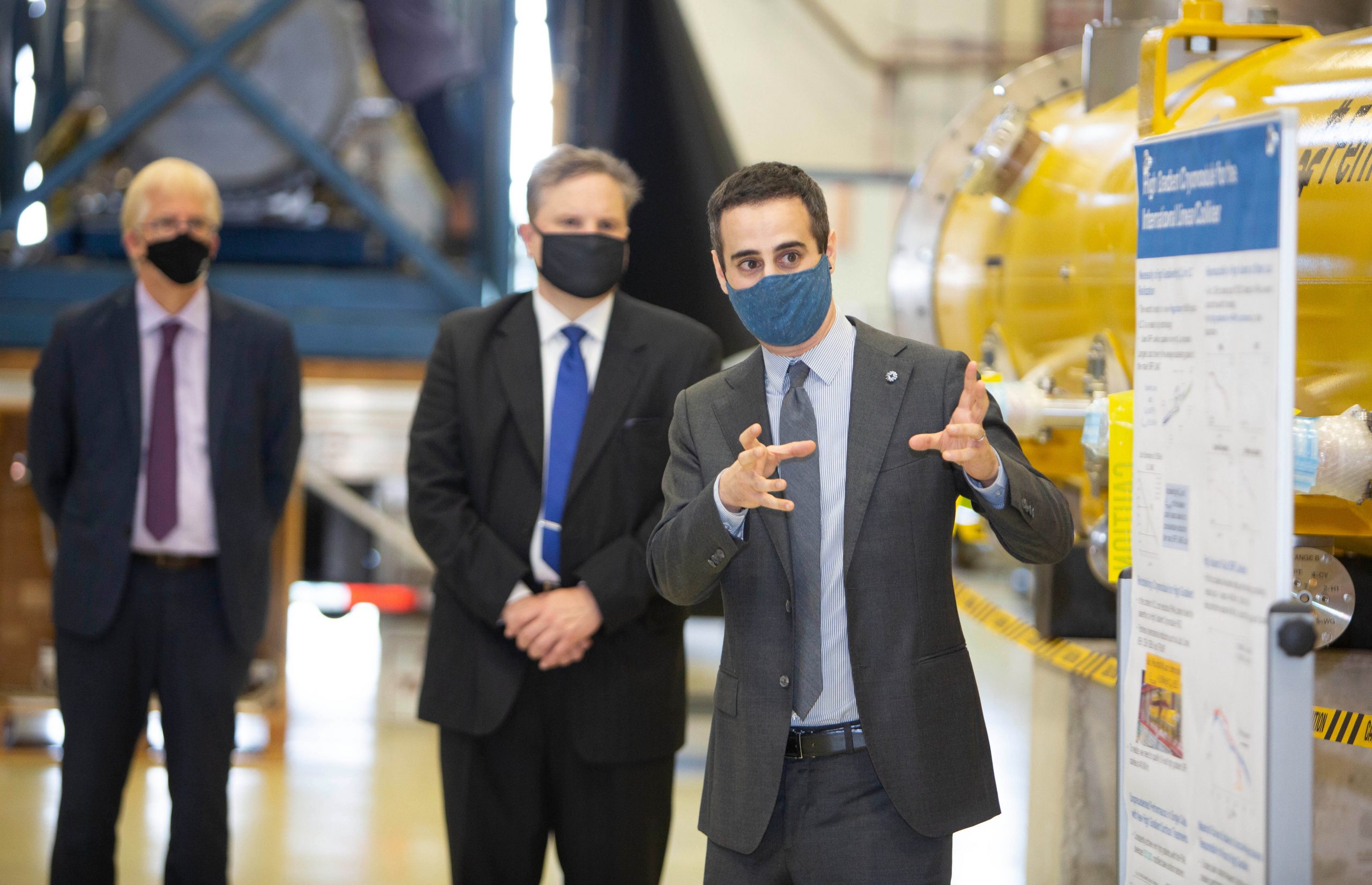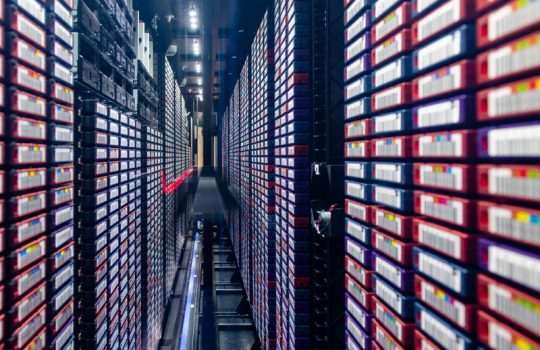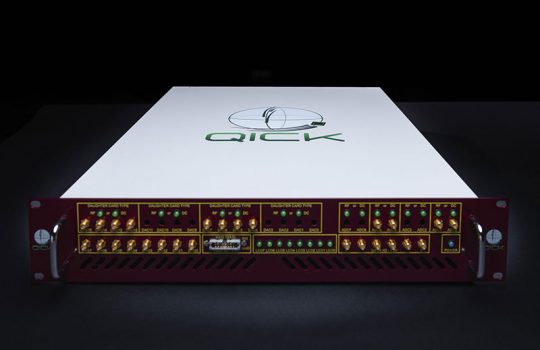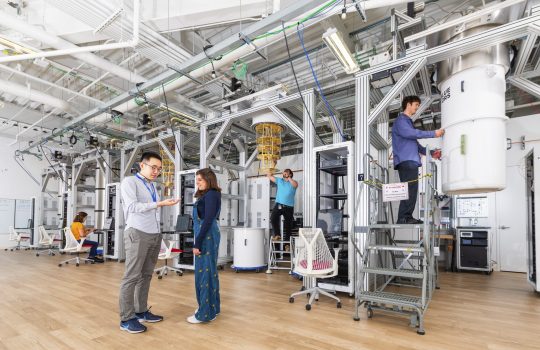On July 22, the Department of Energy’s Under Secretary for Science Paul Dabbar joined partners and leadership at Fermilab for two major project milestones. First, the group dedicated the site for the lab’s Integrated Engineering Research Center, which will bring together experts from different disciplines to advance technology for particle physics (including neutrino science, quantum science, electronics and detector development). The group then broke ground on the PIP-II cryoplant building, a crucial component in the upgrades to create the high-intensity neutrino beam that will power the international Deep Underground Neutrino Experiment hosted by Fermilab and a broad research program for many decades to come.
While on site for the ceremony, visitors were able to see Fermilab’s world-class facilities first-hand. A trip to the PIP-II Injector Test Facility gave a glimpse into the sophisticated components being assembled and tested for the new linear accelerator. Attendees also toured Fermilab’s superconducting radio-frequency facilities, which enable technology development for next-generation particle accelerators and quantum information science.
View the event’s opening remarks.
The event is captured in the photos below.
Fermilab’s work on the Integrated Engineering Research Center and PIP-II are supported by the Department of Energy Office of Science.
Fermilab is supported by the Office of Science of the U.S. Department of Energy. The Office of Science is the single largest supporter of basic research in the physical sciences in the United States and is working to address some of the most pressing challenges of our time. For more information, visit science.energy.gov

